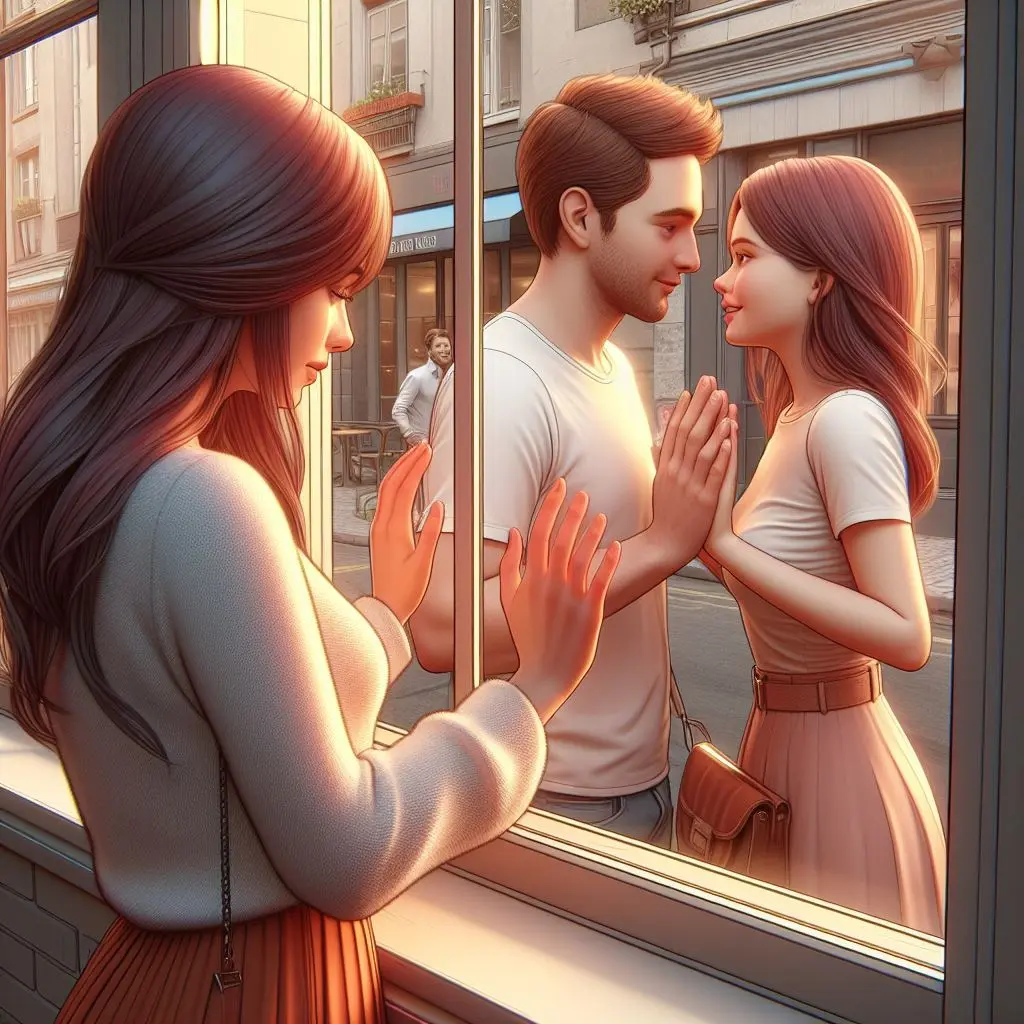Being part of a relationship is a fundamental aspect of our human experience. Whether it’s familial bonds, friendships, or romantic connections, relationships shape our lives. But today, we’re focusing on the intricate dance of love between two individuals.
The Usual Suspect: The Physical Third Party
When we hear “third party” in a relationship, our minds often jump to an external person—a rival for affections, perhaps. Yes, that’s one type of third party. But let’s broaden our perspective. There are other, less conspicuous third parties that can significantly impact your relationship.
1. The Insecurities
Insecurity is like a stealthy intruder. It creeps in, whispering doubts about self-worth and creating trust issues. An insecure partner might fret about their appearance, obsess over your activities, or exhibit controlling behaviors. These insecurities become silent third parties, eroding the foundation of love. Address them openly with your partner before they escalate.
2. Over-Dependence: A Silent Strain
Over-dependence is akin to leaning too heavily on a crutch. When one partner relies excessively on the other for support and attention, it strains the relationship. Imagine feeling more like a servant than an equal partner. Open communication is the antidote. Discuss expectations and boundaries to prevent heartache down the line. So, talk it out or risk your relationship.
3. Communication Breakdown
Effective communication is the glue that holds relationships together. But not everyone is a natural communicator. Anger, insecurity, or apathy can create a communication gap—a third party that fuels misunderstandings and disagreements. So, talk it out or risk your relationship.
4. The Inferiority Complex
This silent saboteur thrives on feelings of inadequacy. An inferiority complex whispers, “You’re not good enough.” It leads to compensatory behaviors and a host of relationship issues. If you sense this complex in your relationship, take steps to boost self-esteem or discuss your concerns with your partner.
The Unseen Third Party: Society and Social Performance
Now, let’s explore a different angle. True communion between two people isn’t just about their private moments. It’s also about how they perform their love in front of others. Enter the societal third party.
1. The Frame of Meaning
When we love as a couple, we do it in front of friends, family, and society. They become our witnesses, our frame of reference. The third party—whether it’s a close friend, a judgmental aunt, or the collective gaze of society—shapes our love story. It provides context, defines norms, and influences our behavior.
Conclusion
In love, third parties extend beyond physical rivals. Insecurities, over-dependence, communication gaps, and societal norms all play their part. Acknowledge them, communicate openly, and remember that love isn’t just a private affair—it’s a performance for the world to witness.
Remember, love is a dance, and sometimes the third party holds the rhythm.
Navigating Third Party Situations in Love: A Guide

Love—the intricate dance of hearts, the symphony of souls—is both enchanting and complex. But what happens when an uninvited guest joins the waltz? Enter the elusive third party. No, we’re not talking about a nosy neighbor or a meddling aunt (though they can be third parties too). We’re diving deeper—beyond the obvious suspects—to explore the subtle dynamics that can entangle our hearts.
1. The Usual Suspects: External and Internal Third Parties
The Insecurities: Silent Whispers
Insecurity tiptoes into our relationships, leaving tiny footprints of doubt. It’s the voice that questions our worthiness, our appeal. “Am I enough?” it murmurs. These insecurities—our silent third parties—can wreak havoc. They breed mistrust, ignite jealousy, and cast shadows on love. The antidote? Open communication. Share your fears, reassure each other, and build confidence together.
Over-Dependence: The Heavy Burden
Imagine a seesaw—one partner perched precariously on one end, the other bearing the weight. Over-dependence is like leaning too heavily on that seesaw. When one person becomes the sole source of emotional sustenance, it strains the relationship. The solution? Set healthy boundaries. Communicate openly about needs and expectations. Remember, love should be a dance of equals, not a solo act.
Communication Breakdown: The Silent Chasm
Words can be elusive creatures. Sometimes they hide behind anger, fear, or indifference. When communication falters, a third party sneaks in—the chasm between hearts widens. Misunderstandings flourish, resentment festers. Break the silence. Listen actively, express your feelings, and bridge the gap. Your relationship will thank you.
The Inferiority Complex: The Sneaky Saboteur
This one thrives on feelings of inadequacy. The inferiority complex whispers, “You’re not good enough.” It breeds compensatory behaviors—overachievement, jealousy, or withdrawal. If you sense this lurking in your relationship, address it head-on. Boost self-esteem, seek professional help if needed, and remember that imperfections are part of our beautiful mess.
2. The Unseen Third Party: Society and Social Performance
The Frame of Meaning: Love in the Spotlight
Our love story isn’t confined to candlelit dinners and whispered secrets. It unfolds on a grander stage—before friends, family, and society. They become our witnesses, our frame of reference. This societal third party shapes our narrative. It validates our love, defines norms, and influences behavior. Without it, our love lacks context. So, embrace the collective gaze. Let society applaud your love.
Conclusion: Love’s Multifaceted Dance
Remember, love isn’t a solo performance. It’s a duet witnessed by many. Acknowledge the third parties—seen and unseen. Communicate, set boundaries, and dance gracefully. Let the rhythm of life guide you. And when the third party joins the waltz, embrace it. Love, after all, is a beautiful chaos.
